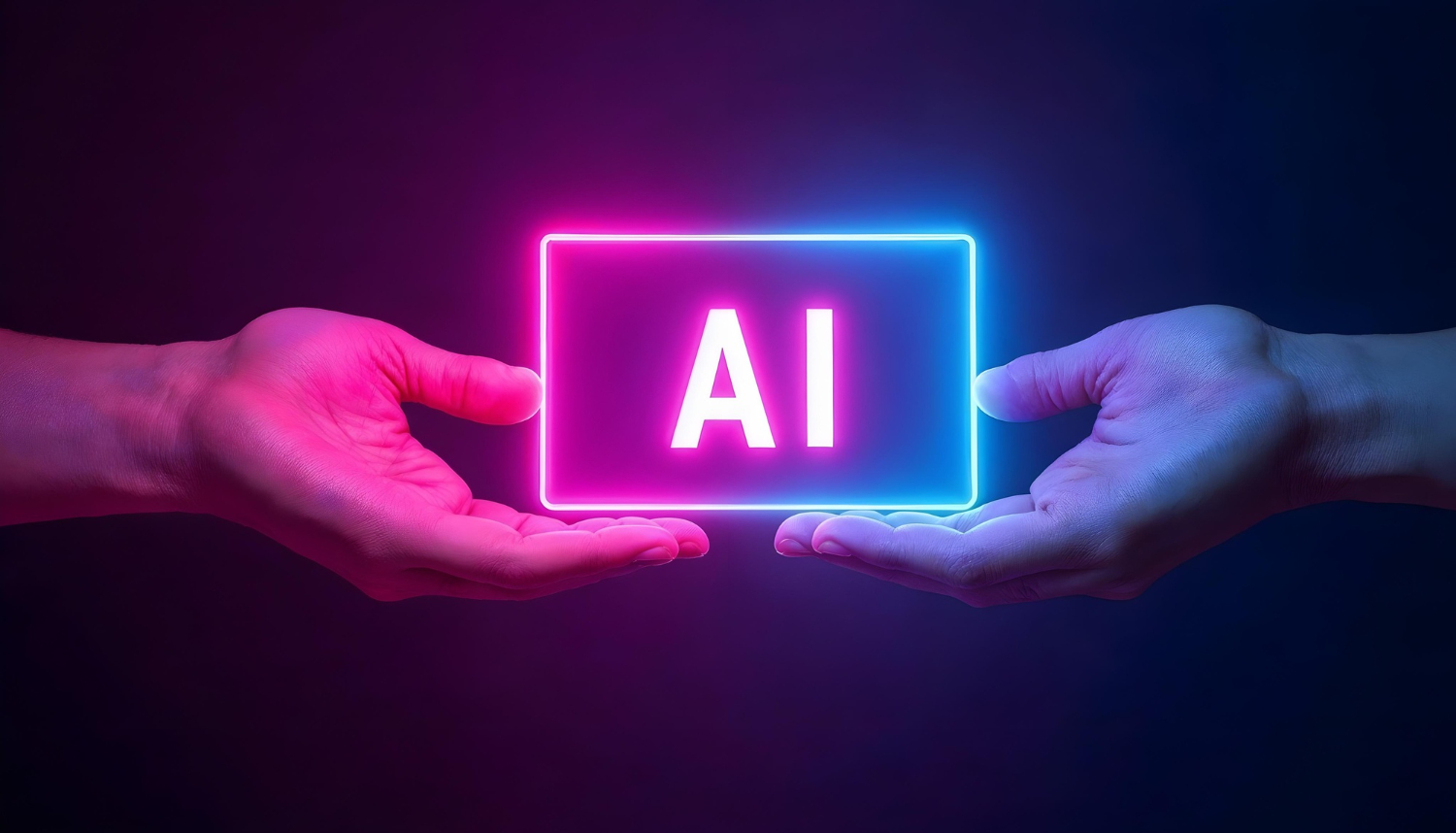Whether you should build or buy your AI tools depends on your business goals, budget, internal expertise, and time-to-market needs.
Build if AI is a core competitive advantage and you have skilled teams to develop, maintain, and scale.
Buy if speed, proven performance, and lower upfront costs are priorities.
In some cases, a hybrid approach gives you the best of both worlds.
Why This Decision Matters Now
The AI market is exploding, with companies racing to integrate intelligent tools into their workflows. According to recent surveys:
- 47% of companies develop AI solutions in-house.
- 53% rely on external or vendor-supplied tools.
This decision can affect:
- ROI – Choosing the wrong path can slow returns.
- Scalability – The wrong infrastructure may limit growth.
- Security – Vendor dependency or weak in-house capabilities can introduce risk.
What Does "Building" AI Tools Mean?
Building means developing AI models, applications, or platforms in-house. This can involve training models from scratch, fine-tuning open-source models, or integrating custom AI workflows into your systems.
Pros
- Full Customization – Tailor AI to your exact needs.
- Intellectual Property Ownership – Your code and models are yours.
- Competitive Edge – Unique solutions competitors can’t easily replicate.
Cons
- High Upfront Costs – Infrastructure, salaries, and R&D.
- Longer Time-to-Market – Months or years before launch.
- Talent Requirements – Skilled AI engineers, data scientists, and MLOps professionals.
What Does "Buying" AI Tools Mean?
Buying means licensing, subscribing to, or purchasing off-the-shelf AI products from a vendor.
Pros
- Faster Deployment – Launch in weeks, not months.
- Lower Upfront Costs – Pay subscription or licensing fees instead of building infrastructure.
- Ongoing Vendor Support – Updates, maintenance, and bug fixes are handled externally.
Cons
- Limited Customization – Must work within vendor constraints.
- Potential Vendor Lock-In – Switching later can be costly.
- Data Control Risks – Sensitive data may be processed on vendor systems.
Build vs. Buy: Quick Comparison
| Criteria | Build In-House | Buy Off-the-Shelf |
| Cost | High upfront, lower long-term | Lower upfront, ongoing licensing |
| Speed | Slower to launch | Faster deployment |
| Customization | Unlimited | Vendor-limited |
| Maintenance | Internal team required | Vendor-managed |
| Risk | Technical debt, skill gaps | Vendor dependency |
| IP Ownership | Yes | No |
Key Decision Factors
1. Business Goals
If AI is central to your differentiation (e.g., your core product is powered by AI), building may be worth the investment.
2. Budget & ROI Timeline
Buying can deliver immediate value but may cost more over time. Building costs more upfront but can be cheaper in the long run if well-maintained.
3. Internal Talent
If you lack an experienced AI team, building can stall or fail without significant hiring.
4. Scalability
Consider whether the chosen path can handle increased data volume, users, and complexity.
5. Security & Compliance
Evaluate how each option aligns with data privacy laws and industry regulations.
When a Hybrid Approach Wins
Some companies buy a core AI product and build custom layers on top.
This allows:
- Faster time-to-market.
- Customization where it matters most.
- Reduced dependency on any single vendor.
Example
- A retail company licenses a recommendation engine but builds its own customer segmentation model.
A Proven Decision Framework
- Define Your Problem Clearly – AI should solve a measurable business challenge.
- Audit Your Capabilities – Assess your tech stack, budget, and team skills.
- Calculate Total Cost of Ownership (TCO) – Include licensing, maintenance, and scaling costs.
- Run a Pilot or MVP – Test feasibility before committing to a full build.
- Decide and Plan Rollout – Align with long-term strategy, not just short-term wins.
Mistakes to Avoid
- Underestimating Integration Costs – Whether buying or building, integration into existing systems takes time and resources.
- Ignoring Security Early – Data breaches can be costly and damage trust.
- Not Planning for Scaling – A solution that works for 100 users may fail at 10,000.
Checklist for Your AI Tool Decision
Is AI core to our competitive advantage?
Do we have in-house AI talent?
How fast do we need results?
What is our long-term budget?
Are we prepared for maintenance and updates?
Do we need full customization?
FAQs
What are the main advantages of building AI tools in-house?
Building offers total customization, ownership of intellectual property, and solutions tailored to unique needs. It’s ideal for organizations where AI is core to the business.
When is buying AI tools a better option?
Buying is best when you need quick deployment, have limited AI expertise, or AI is not your main differentiator.
How do I calculate the total cost of ownership for AI tools?
Include infrastructure, staffing, licensing, maintenance, training, and integration costs over the lifespan of the tool.
Can I start with a bought tool and later build my own?
Yes. Many companies start with ready-made tools to validate the ROI before investing in custom builds.
Does building AI tools improve security?
If your team has strong security expertise, building can enhance protection. Otherwise, vendor tools may offer more robust, battle-tested security protocols.
What is the biggest risk in buying AI tools?
Vendor lock-in. Over time, switching providers can be expensive and disruptive.
Is a hybrid approach expensive?
Not always. It can save money by combining the stability of vendor tools with selective custom development.
Final Takeaway
The decision to build or buy your AI tools is not one-size-fits-all. Align it with your business strategy, resources, and long-term vision. For many organizations, a phased or hybrid approach provides the flexibility to adapt as AI technology and business needs evolve.

